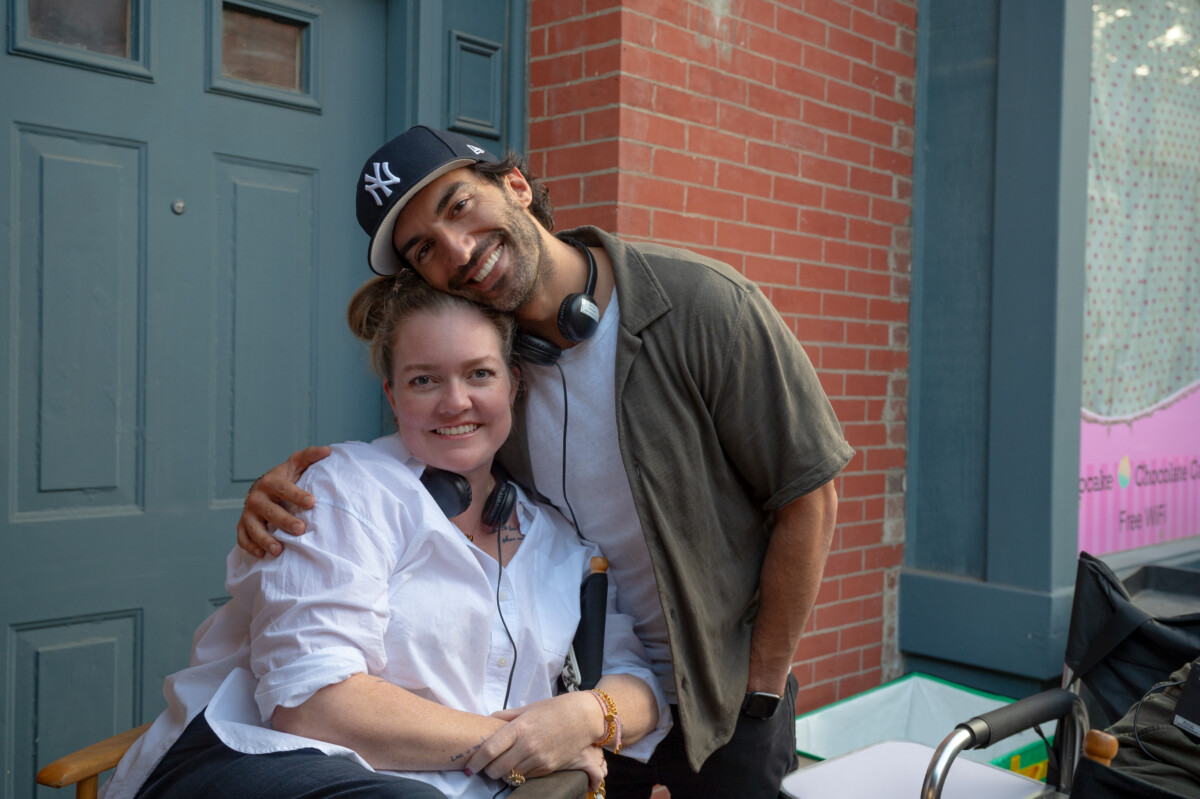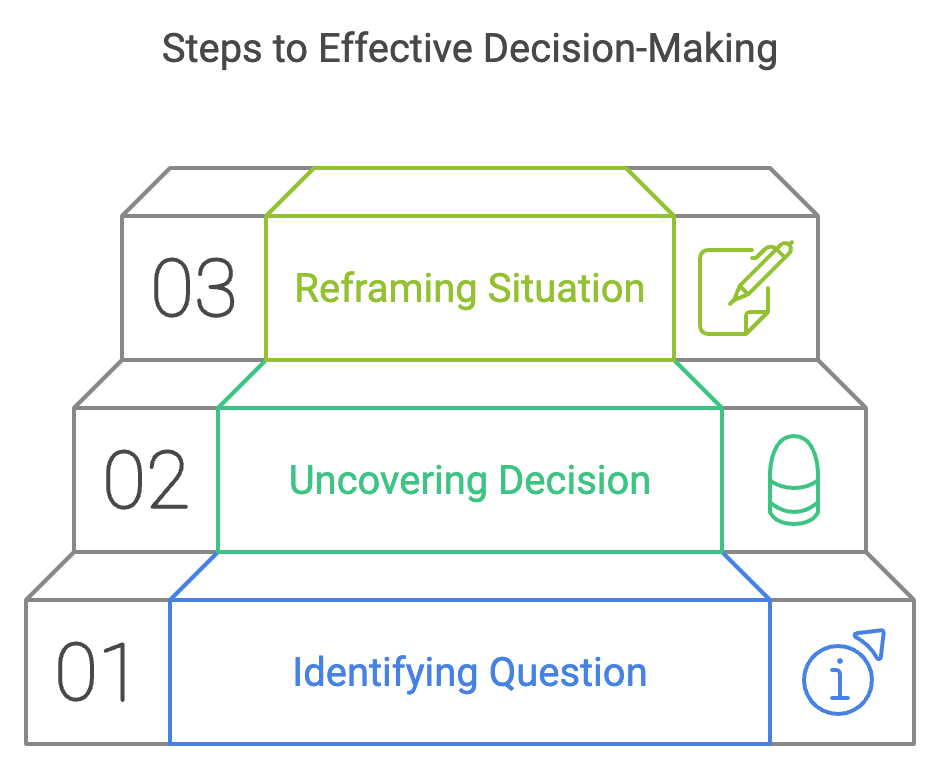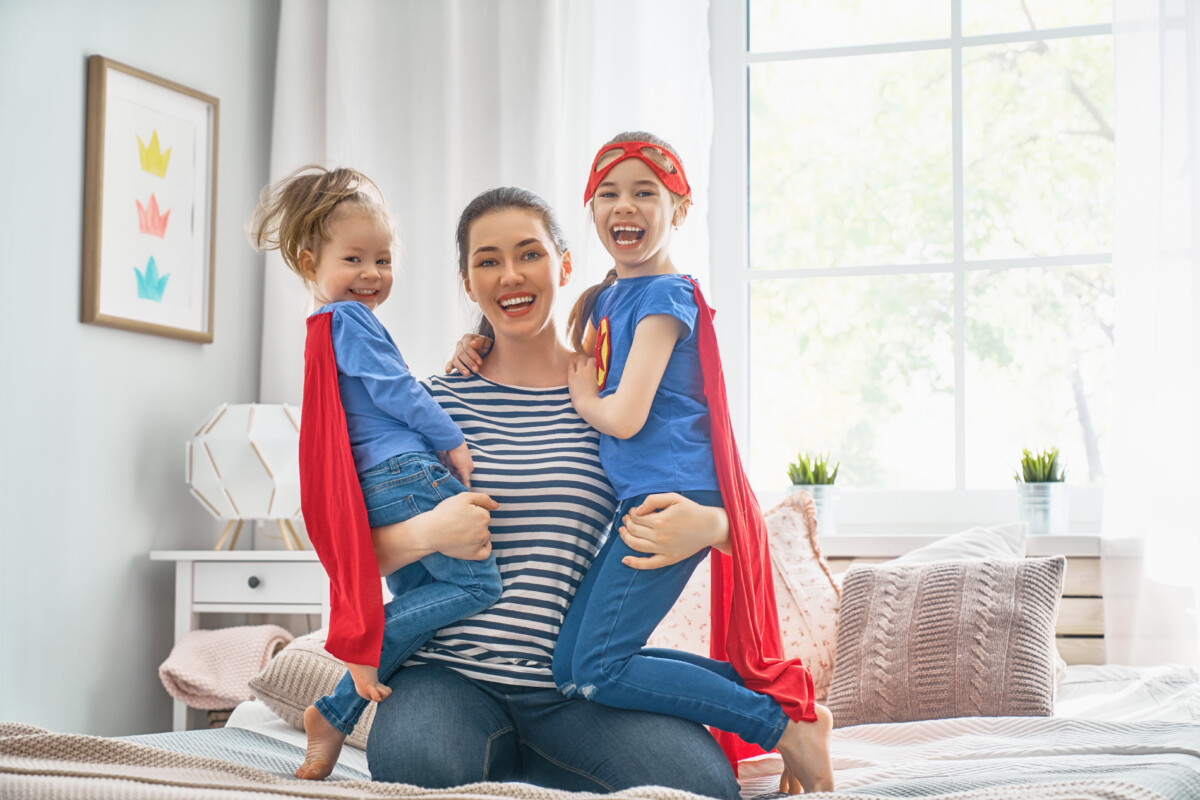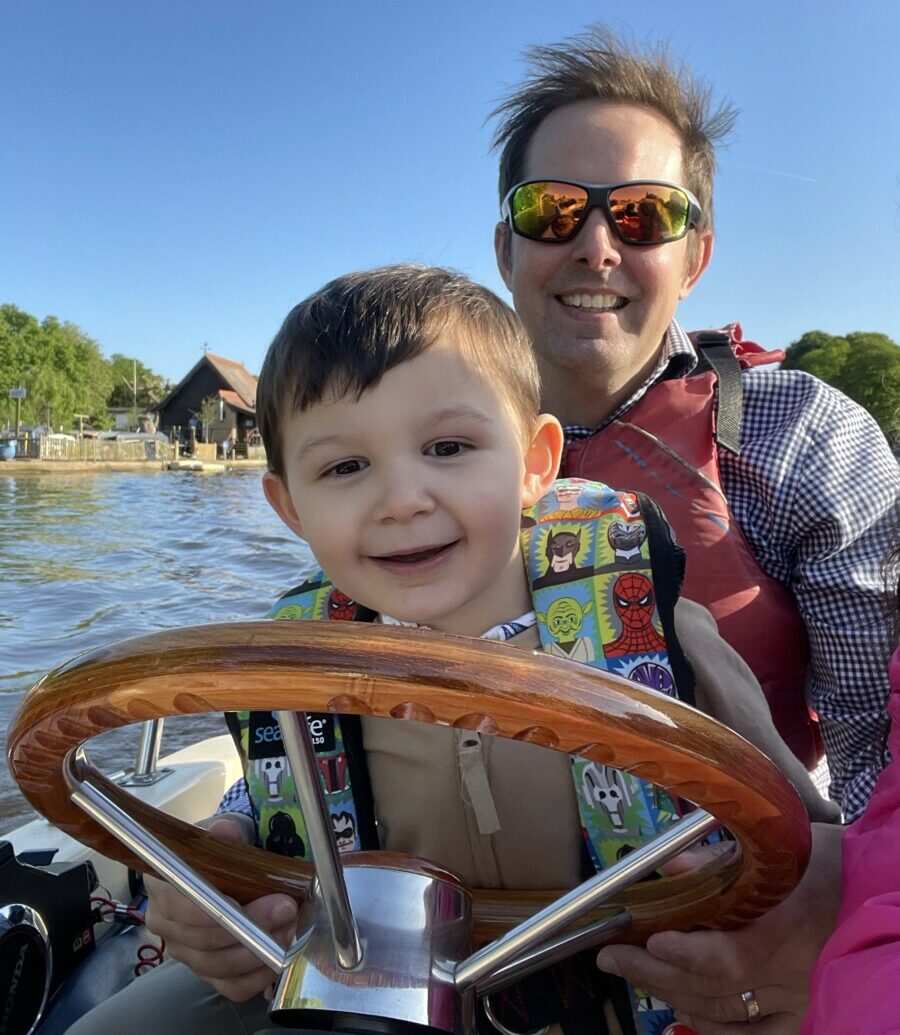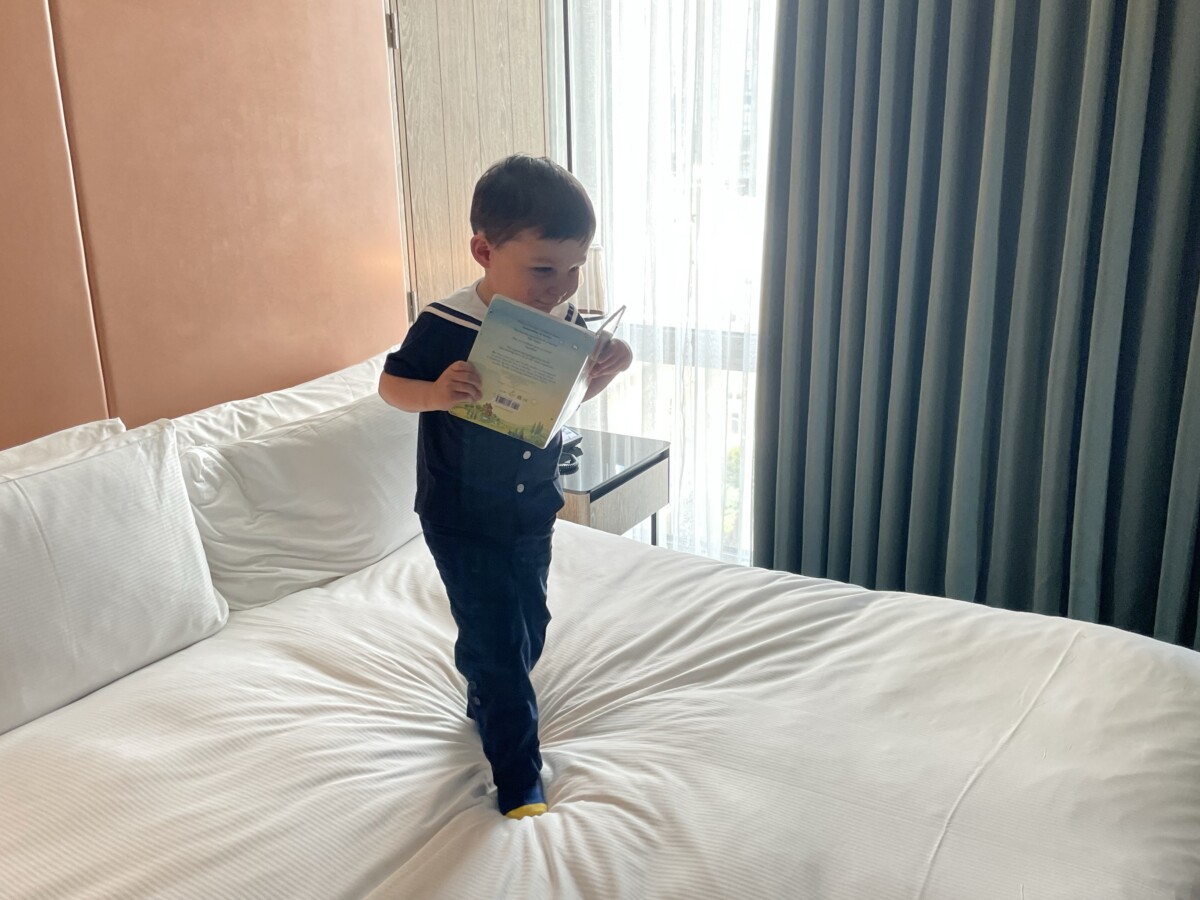Crafting Better Choices with Lessons from Fairy Tales
Tell a Fairy Tale Day, celebrated on 26th February, invites us to immerse ourselves in the enchanting world of fairy tales. These timeless stories transport readers to magical realms filled with fantastical creatures, brave heroes, and valuable life lessons. While fairy tales may seem far removed from the complexities of modern life, they often contain insights that can inform and inspire better decision-making.
Through the lens of the SOLVE IT Method—a structured approach to decision-making—we can explore how storytelling fosters clarity, sparks creativity, and guides us toward meaningful choices.
Step 1: Define Your Situation — Crafting a Situation Statement
Fairy tales often begin with a challenge or dilemma that sets the hero’s journey in motion: a quest to rescue a loved one, a riddle to solve, or a kingdom to save. Just as characters face pivotal moments, we encounter decisions that require thoughtful consideration.
Situation Statement Example:
- Surface Question: “How can I overcome a difficult challenge in my life?”
- Underlying Question: “What qualities or resources do I need to navigate this situation successfully?”
- Secondary Questions: “Who can guide or support me on my journey? What lessons have I learned from past challenges that can help?”
Fairy tales remind us that defining the true nature of our situation is the first step in crafting an effective solution.
Step 2: Explore Your Options
Just as Cinderella had several paths before her—enduring mistreatment or daring to attend the royal ball—we often have more choices than we initially realise.
Strategies for Exploration:
- Embrace Creativity: Imagine bold and unconventional solutions, just as Jack did when he climbed the beanstalk.
- Seek Guidance: Like Little Red Riding Hood learning from her grandmother, mentors can provide valuable insights.
- Consider Multiple Angles: Assess not just the immediate benefits but also long-term implications of each option.
Exploring creative options allows us to unlock possibilities that lead to transformative outcomes.

Step 3: Break Free from Barriers
Fairy tales often depict characters overcoming internal and external obstacles. The Beast’s journey in Beauty and the Beast illustrates the importance of confronting limiting beliefs and embracing change.
Practical Reframe Exercise:
- Identify a limiting belief (e.g., “I’ll never succeed at this.”)
- Ask, “What evidence supports this belief? What contradicts it?”
- Replace the belief with an empowering statement (“I can learn and adapt to achieve my goal.”)
By challenging fears and doubts, we can unlock new paths to success.
Step 4: Visualise Your Path to Success
Fairy tales often include vivid imagery of the hero’s desired outcome—a happily-ever-after where the kingdom is restored or true love triumphs. Visualising success can help clarify goals and strengthen commitment.
Techniques for Visualisation:
- Create a Vision Board: Assemble images that represent your goals.
- Journaling: Write a detailed narrative of your desired outcome, just as storytellers craft vivid plots.
- Manifesting: Use positive affirmations and gratitude to reinforce your vision.
Visualisation turns dreams into actionable goals.

Step 5: Execute Your Plan
Execution bridges imagination and achievement. In The Princess and the Pea, the queen’s meticulous testing revealed the true princess’s identity—showing the value of strategic action.
Action Steps:
- Break goals into manageable tasks.
- Set timelines and track progress.
- Stay adaptable, learning from setbacks and adjusting your approach as needed.
Taking deliberate action moves us closer to our own “happily ever after.”
Steps 6 & 7: Invest in Yourself and Track Results
Like the enduring wisdom passed down through fairy tales, continuous learning and self-reflection are vital for sustained growth.
Suggestions:
- Invest in learning new skills or seeking expert guidance.
- Regularly assess progress and make necessary adjustments.
- Celebrate milestones, reinforcing a sense of accomplishment.
How to Celebrate Tell a Fairy Tale Day
- Read Aloud: Share your favourite fairy tale with family or friends, sparking imagination and joy.
- Write Your Own Tale: Craft a story where you (or your child) are the hero facing and overcoming challenges.
- Host a Storytelling Session: Gather friends for a fairy tale-themed gathering.
- Explore Cultural Tales: Discover folklore from different cultures to broaden your perspective.
- Reflect: Think about the lessons fairy tales have taught you and how they apply to your life.
Fairy tales remind us that challenges are an essential part of growth, and that courage, creativity, and wise choices can lead to magical outcomes. This Tell a Fairy Tale Day, take inspiration from these timeless stories and use the SOLVE IT Method to craft your own path toward better decisions and brighter futures.
Empowering Young Minds: Start Their Decision-Making Journey Today
Help your child unlock the power of smart decision-making with expert guidance from Decision Café. Just like the heroes of fairy tales, great decisions lead to remarkable outcomes. Our experienced coaches will guide your child through practical tools like crafting clear situation statements and exploring thoughtful choices—all within a structured, supportive environment. Set them up for success both in everyday life and future pursuits by starting their journey to smarter thinking today. Visit Decision Café and take the first step toward better decisions, every time.
-
Solve It In 60From confusion to clarity in just one structured call
-
£175
-
> 10 Years Coaching Experience
-
Multi Decision
-
60-Minute Call Duration
-
Situation Statement
-
Follow Up Email
-
Suggested Answer
-
Goal GettersStay on track for long-term success
-
£297/month
-
> 6 Years Coaching Experience
-
1-Hour Coaching Call Every Month
-
60 Days Coaching Duration
-
3 Touchpoints Per Week
-
Online Coaching Feed
-
Free Online Course & Metrics
-
Quick DiveMove forward with purpose
-
From £80
-
7 days of online coaching feed
-
20 minutes of live calls included
-
Up to 5 touchpoints
-
£80 with Associate Coach
-
£125 with Senior Coach
-
£215 with Head Coach
-
Deep DiveMaster the art of getting things done
-
From £125
-
14 days of online coaching feed
-
30 minutes of live calls included
-
Up to 10 touchpoints
-
£125 with Associate Coach
-
£170 with Senior Coach
-
£260 with Head Coach










